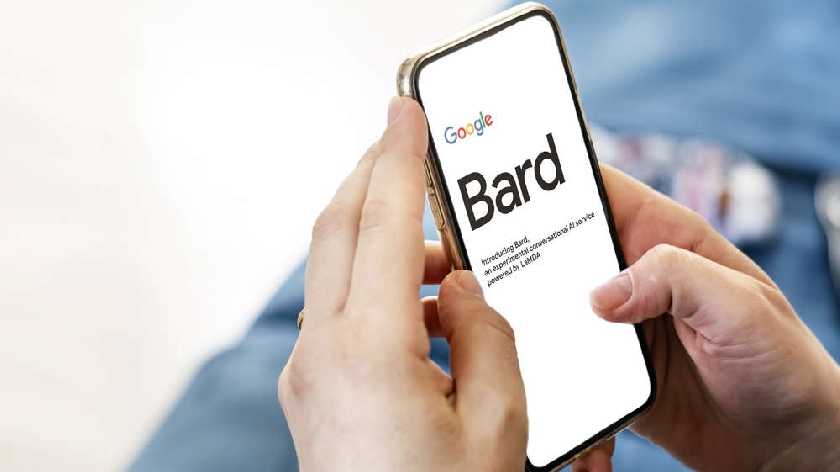
Next-generation AI chatbots have dominated the tech scene in the past few years. And for good reason.
OpenAI’s ChatGPT became all the rage upon its launch in November 2022, as it did a lot more than simply provide answers to general queries. From writing code and automating workflows to creating straightforward content and acting as an advanced search engine, ChatGPT and its various versions have transformed the way AI chatbots work. And just as the ChatGPT fever was neutralising and gradually subsiding, Google decided to enter the game with its latest AI chatbot, Bard.
So what exactly is Bard and how is it unique from other AI chatbots?
In Google’s own words, Bard is a conversational AI experiment based on its revolutionary LaMDA (Language Model for Dialogue Applications) technology that allows you to creatively collaborate with generative AI and helps bring your “imagination and ideas to life.” While it intelligently analyses vast amounts of data from the internet to give a rounded response, it is still prone to making mistakes (by its admission).
Bard has only been released to limited 18+ age users in the UK and the US so far. So it is difficult to gauge its potential as a more advanced replacement for ChatGPT.
But it does look promising.
Unlike ChatGPT, Bard claims it cannot code. But a distinguishing factor, which also makes it more attractive than other AI chatbots, is that it pulls information from the web, which allows it to give more recent and hence, relevant answers as compared to ChatGPT, which does not have access to information beyond 2021.
Having said that, Bard is not meant to replace Google Search.
Instead, it gives facts and opinions based on available information and can be used to generate ideas and create blog content. Bard is also much more cautious than ChatGPT and avoids giving medical, financial, and legal advice to prevent the spread of misinformation. Another thing that Bard gets right is safe usage.
The AI chatbot is programmed not to respond to offensive prompts and to prevent sharing harmful, illegal, sexually explicit or personally identifiable information. Even though this safety net is not infallible, it is still reassuring to know that Bard has filters that can prevent the spread of illegal and explicit content.
To summarise, here are some of the things Bard can do.
-
Provide information and answers from all over the web.
-
Write stories, poems, songs, blog posts, and social media posts among other types of content.
-
Help streamline and automate workflows.
Limitations
-
It refrains from providing personal information about anyone.
-
It claims not to know how to code. Although when tested, it was able to write code in Python, Java, C++, and SQL.
-
It does not “hallucinate” internet addresses.
-
It does not work like a search engine and is more casual and conversational in its responses.
-
It does not give the same responses each time and often annotates them.
Google has been cautious about rolling out Bard in full swing due to all the challenges associated with such generative AI chatbots. But despite all its flaws, this AI chatbot from Google is a strong contender for the top spot in this race to create the most efficient AI chatbot in the market, along with players like ChatGPT and Microsoft’s Bing.
Currently, only a select few Google users from the waiting list have access to Bard. But you can sign up and join the waiting list if you can’t wait to try it.
Are you excited about this newest entrant in the AI chatbot race?
We certainly are!
You can read more tech news in the city and the world by visiting Biztech, the official business and technology forum of Milton Keynes.













